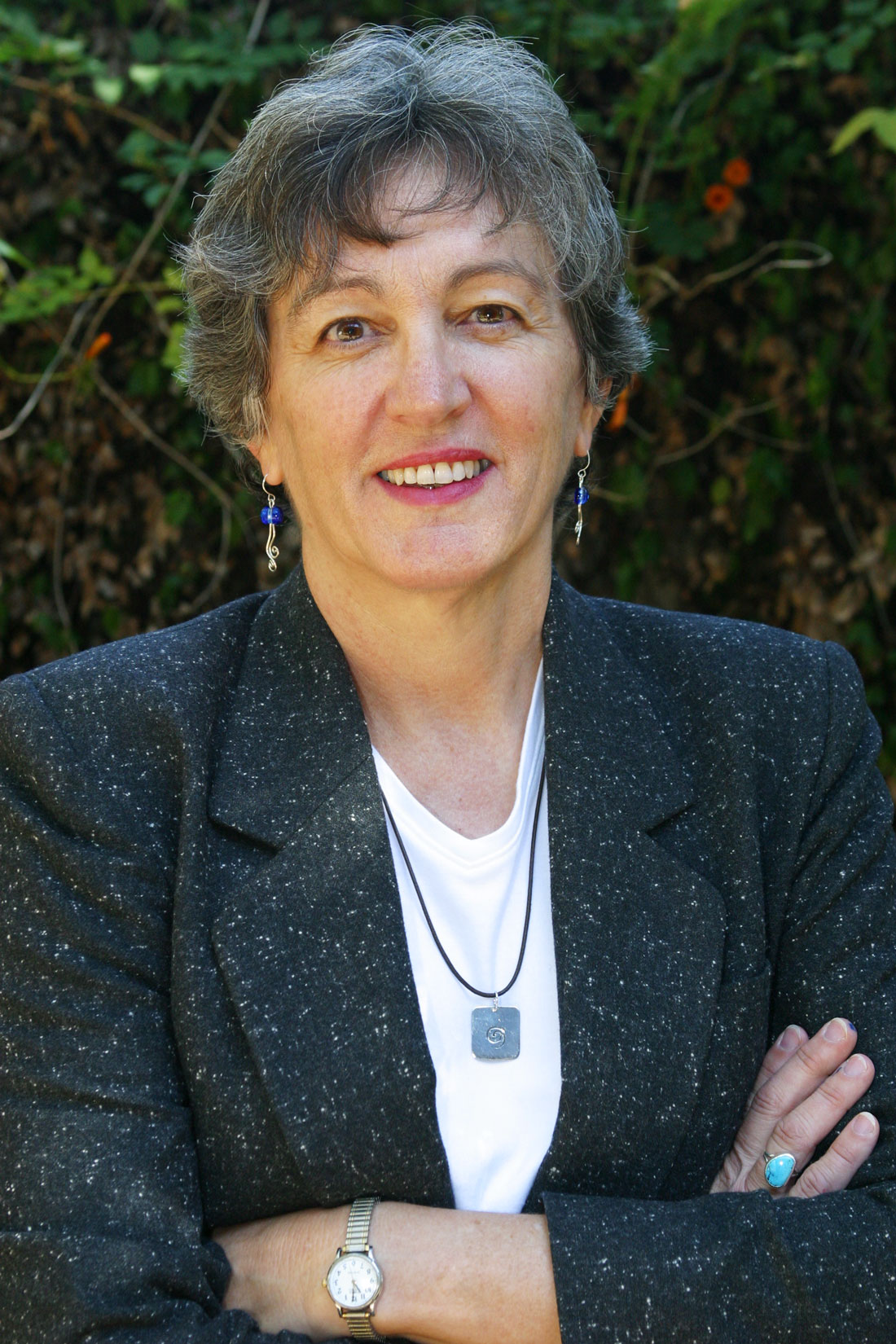If you want to get into a nasty fight in these parts, mention that Dallas and Fort Worth don’t seem that different. Some old-timers will give you a confused look, like a dog with one ear turned up, and from others you’ll get a how-dare-you-insult-Cowtown reaction. Must be from somewhere else, the locals will finally reason, with a shrug.
I’ve been captivated by the perceived differences in the two cities since I moved here in 1990. Yes, Fort Worth is a little more laid back, a little more polite, less ostentatious. Dallas residents are a bit more haughty, seeming to look down on their little brother to the west.
But as the Metroplex grows into one big urban area, the differences are getting to be mostly history. People moving here from outside the region have little interest in the war of words between the burgs. We work together, sit on the same highways, watch the same tv news. Legendary Fort Worth Star-Telegram publisher Amon Carter’s tradition of taking a brown-bag lunch to Dallas to avoid eating their food is lost on most these days.
Still, as I watched the results of the recent mid-term elections, it was the differences, not the similarities, that showed up clearly once again. How could two cities so close have voted so differently? Dallas County elected virtually all Democrats to countywide offices; Tarrant County went almost all Republican. Big brother blue, little brother red.
Some predict that other urban counties in Texas will follow Dallas’ lead. Harris County might flip in a couple of years, along with Bexar and El Paso counties, with their heavily Hispanic voter base. Tarrant County? Maybe, but in about 10 years at the earliest.
There are several reasons for this difference. The political pundits hang their hat on demographics, predicting change in counties where the white population’s share of the total is decreasing. Dallas County, for example is now 55 percent black and Hispanic, while Tarrant is 37 percent minority.
The minority population in both counties did influence the recent election. But there were other, more important, factors. Dallas County Democrats capitalized on the national furor over Republican ethics violations, the war in Iraq, and two independent Texas governor candidates. But the key move was putting candidates on the ballot.
Look at judicial races. Democratic judges in Dallas County won all 42 of the contested races; Tarrant had only one contested judicial race of 32, and Republicans won them all. The Dallas judicial candidates pooled their resources and ran almost as a slate. This increased voter turnout, increased straight-ticket Democratic voting to 53 percent, and gave the party all the countywide races.
Why is it important to run judges on the party ticket? After all, party affiliation often has little to do with performance on the bench. But judges are a party’s bench strength, so to speak. No top-ticket superstars, they provide the bottom-level support that builds the party. They can bring out Democrat supporters who feel they actually have a choice and help in fund-raising through sheer numbers.
Tarrant County Democratic Party chair Art Brender has long thought that stacking the ballot with Democratic candidates is a waste of limited resources. So this time the Tarrant Democrats campaigned hard in only two races. In the district attorney race, they backed Terri Moore against Republican incumbent Tim Curry. In House District 93, they backed challenger Paula Hightower Pierson against incumbent Toby Goodman. One win, one loss.
Are the prevailing winds changing here? There are several little trends that might move the needles a bit. Almost 60 percent of Tarrant voters went against Republican incumbent Rick Perry, meaning there is a majority of people who will go against a Republican at the top of the ticket. There is also the increase in Hispanic voters, along with the increase in newcomers who are not wedded to local traditions.
But the major change that will come into play in 2008 and 2010 is the reputation of the Republican Party nationwide. The change in Congress indicates that Democrats are more likely to come out and vote now, and the best way to take advantage of that is to fill up the ballot , as Dallas County Democrats did. It is not a stretch to think that more Democrats will be voting in Tarrant County in a presidential race without an incumbent in 2008. Party straight-ticket voting is now 51-42 percent in favor of the Tarrant Republicans, but those numbers could rise five percentage points in 2008, another five by 2010.
Life may be too short to live in Dallas, as the t-shirts at the Railhead say. But for local Dems, it may also be too short not to take a hint from that now-blue county to the east.











